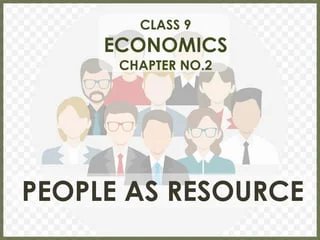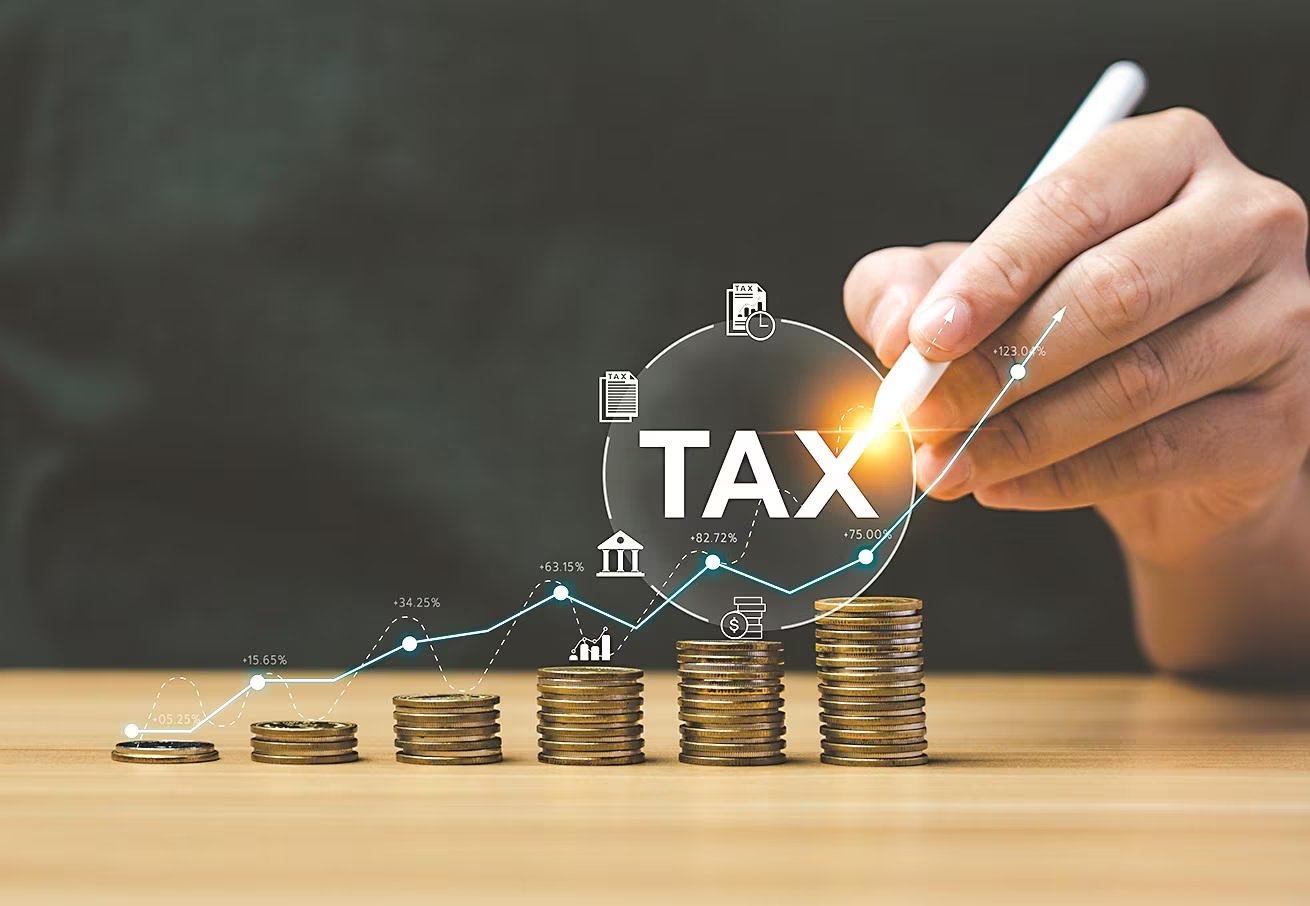Introductory Microeconomics : Introduction - Class 11
Microeconomics is the study of individual economic units, such as consumers, producers, and firms. It focuses on how these units make decisions and interact in the marketplace. Key Concepts: Consumer Behavior: How consumers make choices about what to buy and how much to spend. Producer Behavior: How producers make decisions about what to produce, how much to produce, and at what price. Market Structure: The characteristics of different types of markets, such as perfect competition, monopoly, oligopoly, and monopolistic competition. Demand and Supply: The forces that determine the price and quantity of goods and services in a market. Elasticity: The responsiveness of demand or supply to changes in price or income. Market Equilibrium: The point where the quantity demanded equals the quantity supplied. Importance of Microeconomics: Understanding Economic Behavior: Microeconomics helps us understand how individuals and firms make decisions and interact in the economy. Making Informed Decisions: Microeconomic concepts can be applied to personal and business decisions. Policy Analysis: Microeconomics is used to analyze the effects of government policies on markets and individuals. Economic Forecasting: Microeconomic models can be used to forecast future economic conditions. Common Topics in Introductory Microeconomics: Consumer Theory: Utility maximization, indifference curves, and consumer surplus. Producer Theory: Production functions, cost curves, and profit maximization. Perfect Competition: Characteristics, equilibrium, and efficiency. Monopoly: Characteristics, pricing, and efficiency. Oligopoly: Characteristics, pricing strategies, and game theory. Monopolistic Competition: Characteristics, pricing, and product differentiation. In Class 11, students are introduced to the basic concepts of microeconomics and their application in understanding economic behavior. They learn about consumer and producer theory, market structures, demand and supply, and elasticity. This foundation will be essential for understanding more advanced economic concepts and analyzing real-world economic issues. মাইক্রোইকোনমিক্স হল ভোক্তা, উৎপাদক এবং সংস্থাগুলির মতো পৃথক অর্থনৈতিক ইউনিটগুলির অধ্যয়ন। এই ইউনিটগুলি কীভাবে সিদ্ধান্ত নেয় এবং বাজারে কীভাবে যোগাযোগ করে তার উপর এটি দৃষ্টি নিবদ্ধ করে। মূল ধারণাগুলিঃ ভোক্তাদের আচরণঃ ভোক্তারা কী কিনবেন এবং কতটা ব্যয় করবেন সে সম্পর্কে কীভাবে পছন্দ করেন। প্রযোজকের আচরণঃ কী উৎপাদন করতে হবে, কতটা উৎপাদন করতে হবে এবং কোন দামে তা নিয়ে নির্মাতারা কীভাবে সিদ্ধান্ত নেন। বাজার কাঠামোঃ বিভিন্ন ধরনের বাজারের বৈশিষ্ট্য, যেমন নিখুঁত প্রতিযোগিতা, একচেটিয়া, অলিগোপলি এবং একচেটিয়া প্রতিযোগিতা। চাহিদা ও সরবরাহঃ বাজারে পণ্য ও পরিষেবার মূল্য ও পরিমাণ নির্ধারণকারী শক্তি। স্থিতিস্থাপকতাঃ দাম বা আয়ের পরিবর্তনের জন্য চাহিদা বা সরবরাহের প্রতিক্রিয়া। বাজার ভারসাম্যঃ যে বিন্দুতে চাহিদার পরিমাণ সরবরাহকৃত পরিমাণের সমান হয়। মাইক্রোইকোনমিক্সের গুরুত্বঃ অর্থনৈতিক আচরণ বোঝাঃ মাইক্রোইকোনমিক্স আমাদের বুঝতে সাহায্য করে কিভাবে ব্যক্তি এবং সংস্থাগুলি সিদ্ধান্ত নেয় এবং অর্থনীতিতে পারস্পরিক ক্রিয়া করে। অবহিত সিদ্ধান্ত গ্রহণঃ ব্যক্তিগত এবং ব্যবসায়িক সিদ্ধান্তের ক্ষেত্রে ক্ষুদ্র অর্থনৈতিক ধারণাগুলি প্রয়োগ করা যেতে পারে। নীতি বিশ্লেষণঃ বাজার এবং ব্যক্তিদের উপর সরকারী নীতির প্রভাব বিশ্লেষণ করতে মাইক্রোইকোনমিক্স ব্যবহার করা হয়। অর্থনৈতিক পূর্বাভাসঃ ভবিষ্যতের অর্থনৈতিক অবস্থার পূর্বাভাস দেওয়ার জন্য ক্ষুদ্র অর্থনৈতিক মডেল ব্যবহার করা যেতে পারে। প্রারম্ভিক ক্ষুদ্রঅর্থনীতিতে সাধারণ বিষয়ঃ ভোক্তা তত্ত্বঃ উপযোগিতা সর্বাধিককরণ, উদাসীনতা বক্ররেখা এবং ভোক্তা উদ্বৃত্ত। প্রযোজক তত্ত্বঃ উৎপাদন ফাংশন, খরচ বক্ররেখা, এবং মুনাফা সর্বাধিককরণ। নিখুঁত প্রতিযোগিতাঃ বৈশিষ্ট্য, ভারসাম্য এবং দক্ষতা। একচেটিয়াঃ বৈশিষ্ট্য, মূল্য নির্ধারণ এবং দক্ষতা। অলিগোপলিঃ বৈশিষ্ট্য, মূল্য নির্ধারণের কৌশল এবং গেম তত্ত্ব। একচেটিয়া প্রতিযোগিতাঃ বৈশিষ্ট্য, মূল্য নির্ধারণ এবং পণ্যের পার্থক্য। একাদশ শ্রেণিতে, শিক্ষার্থীদের মাইক্রোইকোনমিক্সের মৌলিক ধারণাগুলি এবং অর্থনৈতিক আচরণ বোঝার ক্ষেত্রে তাদের প্রয়োগের সাথে পরিচয় করিয়ে দেওয়া হয়। তারা ভোক্তা ও উৎপাদক তত্ত্ব, বাজার কাঠামো, চাহিদা ও সরবরাহ এবং স্থিতিস্থাপকতা সম্পর্কে শেখে। এই ভিত্তি আরও উন্নত অর্থনৈতিক ধারণাগুলি বোঝার জন্য এবং বাস্তব-বিশ্বের অর্থনৈতিক সমস্যাগুলি বিশ্লেষণের জন্য প্রয়োজনীয় হবে।
English
Last updated
Wed, 27-Nov-2024



















